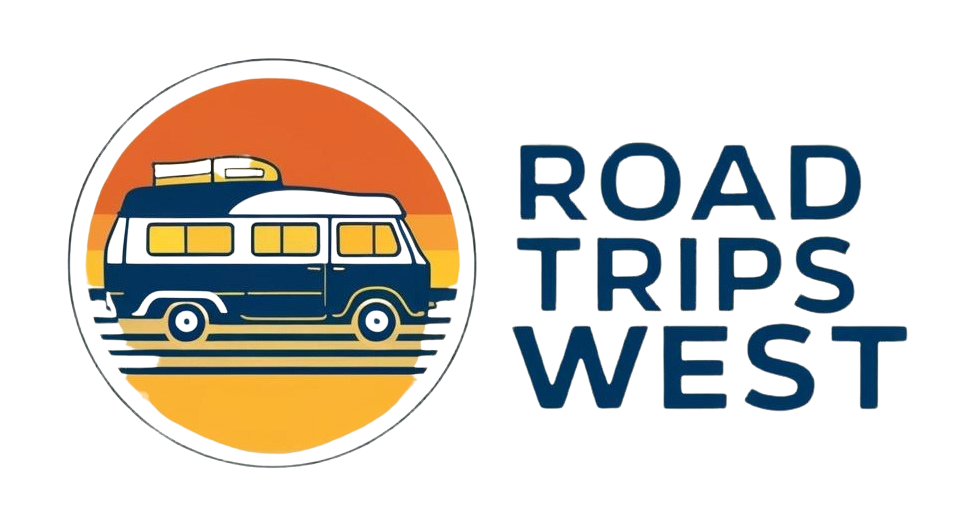Reasons to be Prepared
Be prepared for extreme situations by carrying an emergency road kit with the following items:
- Cell phone; portable charger and extra batteries
- Windshield scraper
- Battery-powered radio, extra batteries
- Flashlights
- Snack food and bottled water
- Warm clothes: Extra hats, coats, mittens, change of clothes
- Blankets
- Chains, rope, or tow strap
- Tire chains
- Spare gas
- Canned compressed air with sealant (emergency tire repair)
- Road salt, sand, or kitty litter
- Booster / jumper cables, or battery starter
-
If you find yourself in a situation where you may be stuck, stalled, or worse, follow these recommendations that could save your life in extreme conditions.
- Stay in your car
- Disorientation occurs quickly in wind-driven snow and cold.
- Run the motor about ten minutes each hour for heat.
- Open the window a little for fresh air to avoid carbon monoxide poisoning.
- Make sure the exhaust pipe is not blocked.
- Make yourself visible to rescuers.
- Turn on the dome light at night when running engine.
- Tie a colored cloth (preferably red) to your antenna or door.
- Raise the hood indicating trouble after snow stops falling.
- Exercise from time to time, by vigorously moving arms, legs, fingers and toes to keep blood circulating and to keep warm.
- Wear a hat, half your body heat loss can be from the head.
- Cover your mouth to protect your lungs from extreme cold.
- Mittens, snug at the wrist, are better than gloves.
- Loose-fitting, lightweight, warm clothing in several layers is best, trapped air insulates and layers can be removed to avoid perspiration and subsequent chills.
- Outer garments should be tightly woven, water repellent and hooded.
- Safely removing tires and upholstery from your vehicle and lighting them on fire in a cleared area will create smoke to facilitate your being located.
- Bright colored flag or help signs, emergency distress flag, and/or emergency flares
- Lighter / Matches (waterproof matches and a can to melt snow for water)
- Basic first aid kit with any necessary medications and a pocket knife
- Hi-lift jack
- Spare tire with keys for locking lug nuts
- Spare keys
- Folding Shovel
- Tool kit
- Duct tape
- Trash bags
- Road maps, compass
- Towels, paper towels
-
Car Safety Tips
- Keep your gas tank full in case of evacuation or power outages. A full tank will also keep the fuel line from freezing.
- Install good winter tires and make sure they have enough tread, or any chains or studs required in your local area.
- Do not drive through flooded areas. Six inches of water can cause a vehicle to lose control or possibly stall. A foot of water will float many cars.
- Be aware of areas where floodwaters have receded. Roads may have weakened and could collapse under the weight of a car.
- If a power line falls on your car you are at risk of electrical shock. Stay inside until a trained person removes the wire.
- If it becomes hard to control the car, pull over, stop the car and set the parking brake.
- If the emergency could affect the stability of the roadway avoid overpasses, bridges, power lines, signs and other hazards.
Sources: AAA, Washington County Sheriff’s Office, Center for Disease Control’s emergency winter weather checklist, U.S. Search and Rescue Task Force’s website.
Alway be careful on muddy or icy roads. Destinations such as the Bonneville Salt Flats can be dangerous for vehicles when driving in the wrong location or in bad weather conditions.


